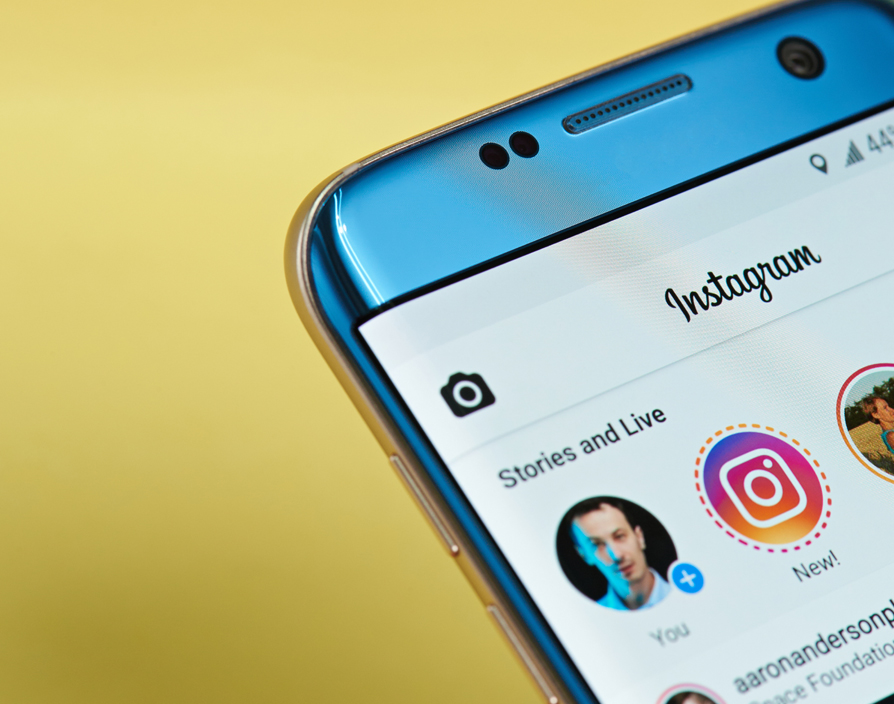Social media is addictive. And it’s not just teens getting sucked into the void of constant updates: even the pope has reprimanded nuns for spending too much time online. Add to that a slew of citizens who fear that too much screen time leads to depression and you can see why many tech titans are seemingly moving to make it easier to see how much time you spend on their platforms.
The latest company to consider implementing this sort of feature is Instagram. This came to light this week when Jane Manchun Wong dug around in the platform’s code and found a string of code suggesting that a new feature may be coming soon. “Instagram is testing ‘Usage Insights’ to show the amount of time users have spent on the app,” she tweeted. “Be self-aware or be prepared to be ashamed for Instagram addiction.”
Shortly after TechCrunch broke the story, Kevin Systrom, co-founder and CEO of Instagram, confirmed it in a series of tweets. “It’s true,” he wrote. “We’re building tools that will help the IG community know more about the time they spend on Instagram – any time should be positive and intentional.”
He then added: “Understanding how time online impacts people is important, and it’s the responsibility of all companies to be honest about this. We want to be part of the solution. I take that responsibility seriously.”
One potential usage of the code is that it might help discourage people from spending too long on social media. “Instagram is incredibly popular with tweenager and teenagers, who can become addicted to interacting via this platform,” remarks Maths Mathisen, CEO of Hold, an app rewarding students for not using their phone. “What this move shows is that Instagram clearly understands the responsibility it has to ensuring that these users’ mental health is not impacted, which is hugely commendable.”
But not everyone is convinced about Instagram’s good intentions. “This at first looks like a very altruistic move aimed at helping users to manage their time on Instagram, which is great,” says Joyce Ong, owner of Marketing Tech, the app development company. “On the negative side, Instagram is collecting more data on usage patterns which potentially allow them to target advertising based on usage patterns – info which can be very useful for certain brands.”
No matter what the motivations behind the move are, Instagram isn’t the only tech giant to seemingly make efforts in helping people disconnect. Only last week Google unveiled a slew of fresh features for its Android devices to help users keep track of their usage. For instance, it enabled them to see how much time they spend on different apps and to be alerted when they’re about to exceed the limit.
While there may be benefits to people’s mental wellbeing to help them manage their time online, it could also have some potential downsides for SMEs. “If users do end up spending less time on Instagram, then advertisers will certainly take a hit, however it may also give brands a new incentive to try different marketing techniques than the typically invasive methods that already exist,” says Mathisen. “If brands can figure out ways to create other means of positive engagement with people, what we might see eventually is a seismic shift towards mindful marketing methods that could replace traditional and invasive techniques.”
And Instagram’s empathetic approach may be the future to marrying data-based advertising with a social conscience. “My take is they are going the way of Facebook advertising, i.e. sell more advertising, charge more for ads, provide great analytics based on demographics, usage patterns etcetera, but with a social conscience,” says Ong. “For brands this means they get more quality data on consumers and therefore they may be willing to pay more for advertising.”
The question is if advertisers, especially SMEs and startups short on cash, are willing to pay for the hiked up advertising costs. If you ask us, that’s anyone’s guess. ![]()
Share via:








































